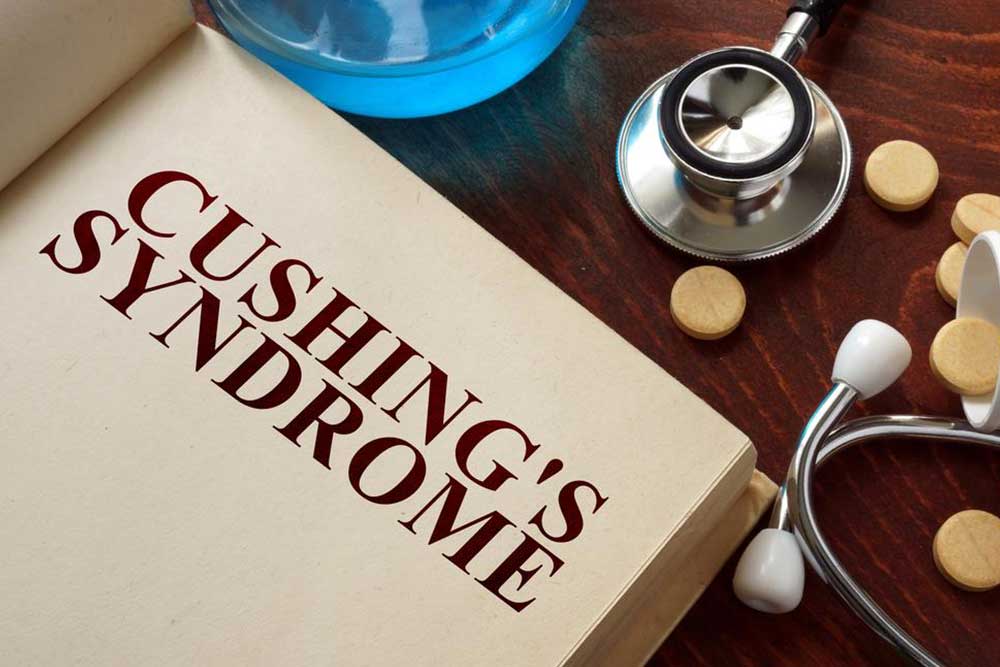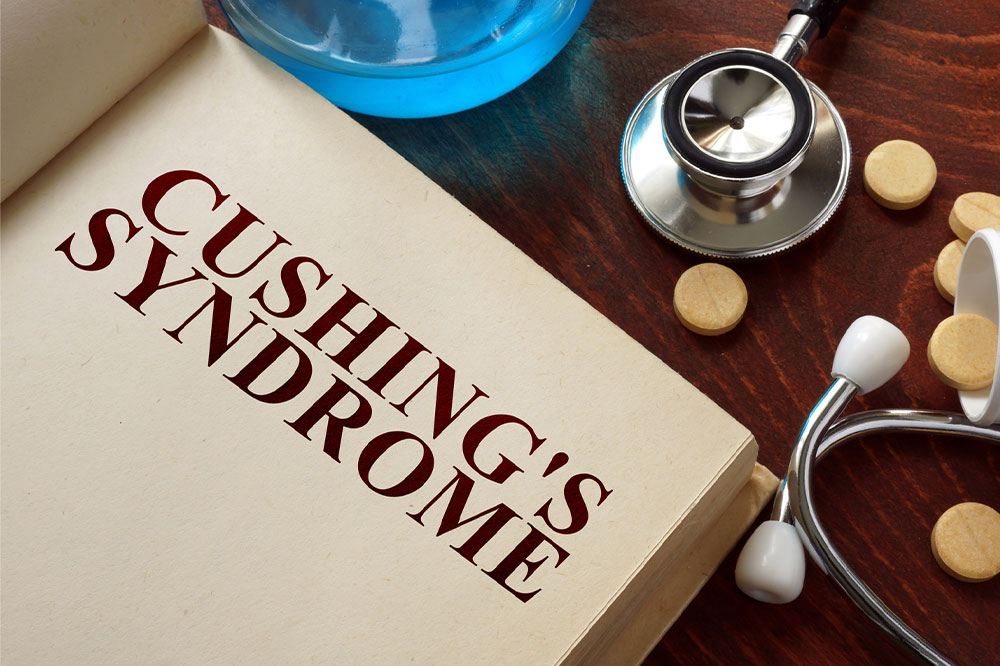Comprehensive Guide to Identifying Key Signs and Symptoms of Cushing's Disease
Cushing's disease is a hormonal disorder marked by excessive cortisol production. Key signs include weight gain, purple stretch marks, skin thinning, and muscle weakness. Recognizing symptoms early is crucial for effective treatment and preventing long-term health issues. This comprehensive guide helps identify the common indicators and signs of Cushing's, including gender-specific symptoms, to promote timely medical intervention and improve patient outcomes.

Understanding the Indicators and Manifestations of Cushing's Disease
Cushing's disease, commonly referred to as hypercortisolism, is a complex hormonal disorder characterized by the excessive production of cortisol, a vital steroid hormone responsible for various bodily functions, including metabolism regulation, immune response modulation, and stress adaptation. This condition can develop due to different underlying causes, such as pituitary tumors secreting adrenocorticotropic hormone (ACTH), ectopic ACTH production, or prolonged and high-dose corticosteroid therapy. Recognizing the early signs and symptoms of Cushing's disease is essential for timely treatment and improved health outcomes.
Major symptoms and clinical indicators of Cushing's disease include:
Significant weight gain, with fat redistribution leading to accumulation predominantly around the abdomen, upper back, face, and neck regions. This specific pattern of fat deposit is often described as a 'buffalo hump' at the upper back and a rounded, moon-shaped face.
The appearance of purple or pink stretch marks, known as striae, which commonly form on the abdomen, thighs, breasts, and arms, resulting from skin stretching due to rapid weight gain.
Thinning and fragility of the skin, making it susceptible to easy bruising and tearing.
Impaired wound healing, with cuts, insect bites, and infections taking longer than usual to recover.
The presence of acne, which may be persistent or recurrent in many cases.
Additional signs and effects observed in women:
Development of excess body and facial hair, including thicker, more visible hair growth on various parts of the body, a condition known as hirsutism.
Menstrual irregularities, such as missed periods, cycle shortening, or abnormal bleeding, indicating disruption of reproductive hormones.
Symptoms typically seen in men:
Persistent fatigue, muscle weakness, and decreased physical stamina are common complaints.
Mood disturbances, including depression, irritability, or anxiety, often accompany the hormonal imbalance.
Reduced libido and sexual dysfunction are frequently reported, affecting quality of life.
In summary, early recognition of these symptoms is vital for effective management of Cushing's disease. If you experience a combination of these signs, consulting a healthcare professional for thorough evaluation and diagnosis is highly recommended to prevent complications and improve prognosis.



